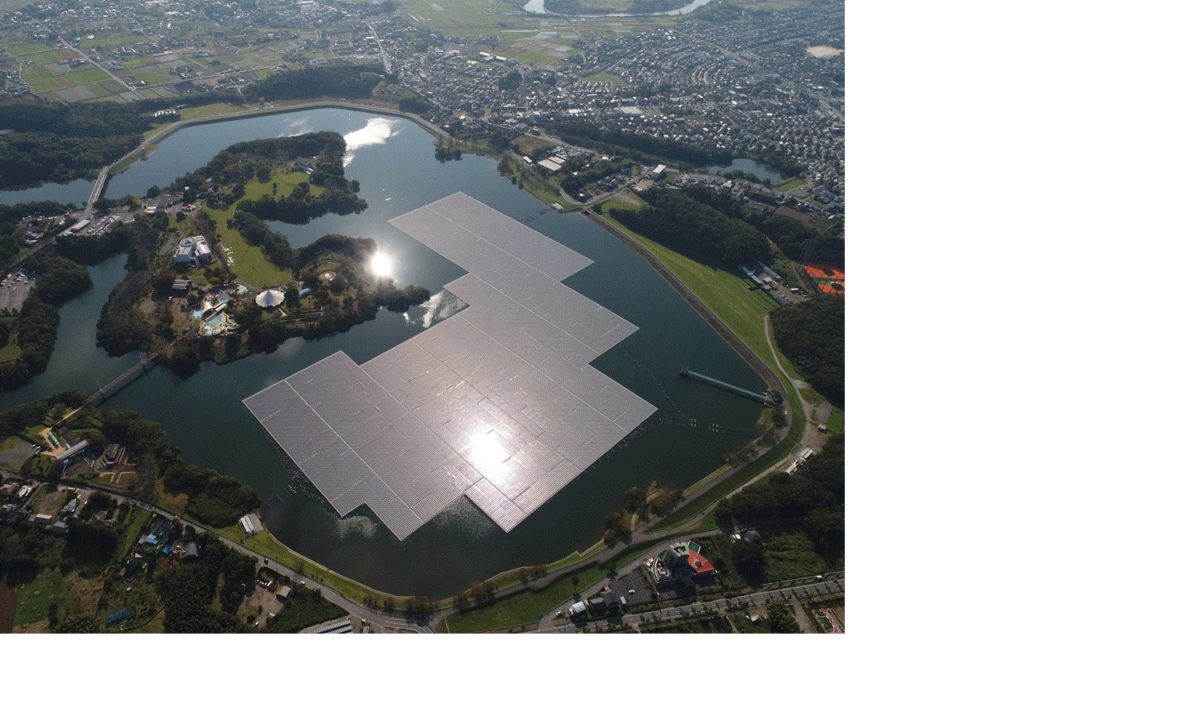The Kyocera system will help to remotely manage consumer energy demand and create a virtual power trading pool with the assistance of utilities Tokyo Electric Power (Tepco) and Kansai Electric Power, as well as Tokyo-based energy-management specialist Eneres and telecoms giant KDDI Corp.
“The participants will be able to examine potential technical and institutional issues in hardware and software,” Kyocera said in an online statement.
The Kyoto-based industrial group — which supplies PV modules, among other products — will work on the project until February. It described the project, now expanding in scope from last year's initial phase to Japan’s Tohoku region and the northern island of Hokkaido, as “part of a larger program to test a VPP [virtual power plant] utilizing consumer renewable energy resources.” Kyocera says there is now “high demand” in Japan for VPPs that can be used to remotely control and integrate distributed renewable power generators and storage batteries.
For the Tohoku/Hokkaido project, Kyocera will use its home energy management systems (HEMS) to remotely manage energy from its storage batteries, which will be installed in participating households. It will manage the energy from the storage batteries with its POM SYSTEM, which it describes as a “comprehensive energy control system that manages energy-related equipment to reduce the amount of electricity purchased, reducing waste.”
Kyocera has designed the system to respond to demand signals within 5-15 minutes. “One of the tertiary power adjustment capacity tests verifies if the VPP can respond to the ever-changing electricity demand signals, which will be examined every 15 minutes, based on real-operation scenarios,” it said. “Kyocera will bind distributed energy resources and generate electric power sources that can be used by electric power retailers.”
The company — which has become a resource aggregator by joining the Sustainable Open Innovation Initiative (SII) — says it is trying to identify the best ways to utilize surplus electricity, as it expects electricity supply to increase after Japan's FIT program concludes next year. Japan wants renewables to account for 22-24% of its national energy mix by 2030. It is expected the government will soon approve the nation's fifth strategic energy plan.
Kyocera participated in an earlier VPP project, in 2014, alongside Japan's Ministry of Economy, Trade and Industry (METI). In that pilot scheme, it set up automated demand response (ADR) systems with electricity aggregators, backed by a demand-response platform. In 2016, Kyocera worked on a VPP demonstration that used its storage batteries and its ADR platform.
“Through the expertise gained from the various VPP test projects to date – and Kyocera's innovative products, such as its solar power generating systems and storage batteries – the company aims to establish a group control system of distributed power resources with an ADR system capable of immediately responding to signal changes,” the company says, adding it will continue to develop batteries and related systems to cater to the changing real-time needs of electricity traders.
Separately, Kyocera this month terminated its listing on the New York Stock Exchange (NYSE). The company first revealed its plans to delist its American Depositary Shares (ADS) from the NYSE in February. It expects to finalize the termination of its ADS', which have been listed on the NYSE since May 1980, by September. The company will maintain its listing on the Tokyo Stock Exchange (TSE).
In April Kyocera reported sales from its Life & Environment division – which includes its solar business – fell 24.8% year-on-year in the last fiscal year, to JPY149.7 billion ($1.36 billion). Despite its poor performance, it remains one of the most active players in the Japanese PV market. In March, for example, it completed a 13.7 MW floating PV project in Chiba prefecture.
This content is protected by copyright and may not be reused. If you want to cooperate with us and would like to reuse some of our content, please contact: editors@pv-magazine.com.



2 comments
By submitting this form you agree to pv magazine using your data for the purposes of publishing your comment.
Your personal data will only be disclosed or otherwise transmitted to third parties for the purposes of spam filtering or if this is necessary for technical maintenance of the website. Any other transfer to third parties will not take place unless this is justified on the basis of applicable data protection regulations or if pv magazine is legally obliged to do so.
You may revoke this consent at any time with effect for the future, in which case your personal data will be deleted immediately. Otherwise, your data will be deleted if pv magazine has processed your request or the purpose of data storage is fulfilled.
Further information on data privacy can be found in our Data Protection Policy.